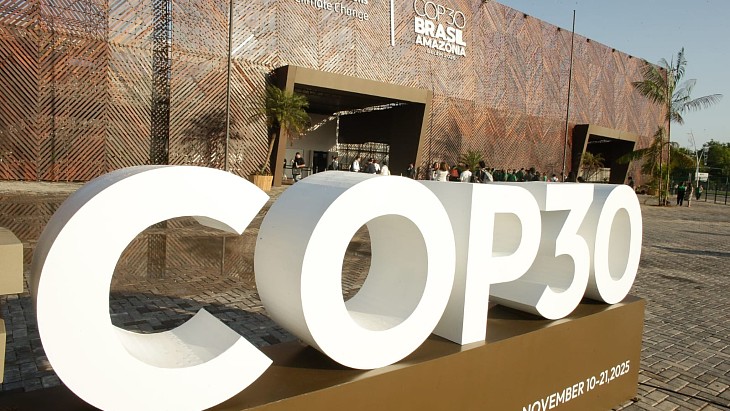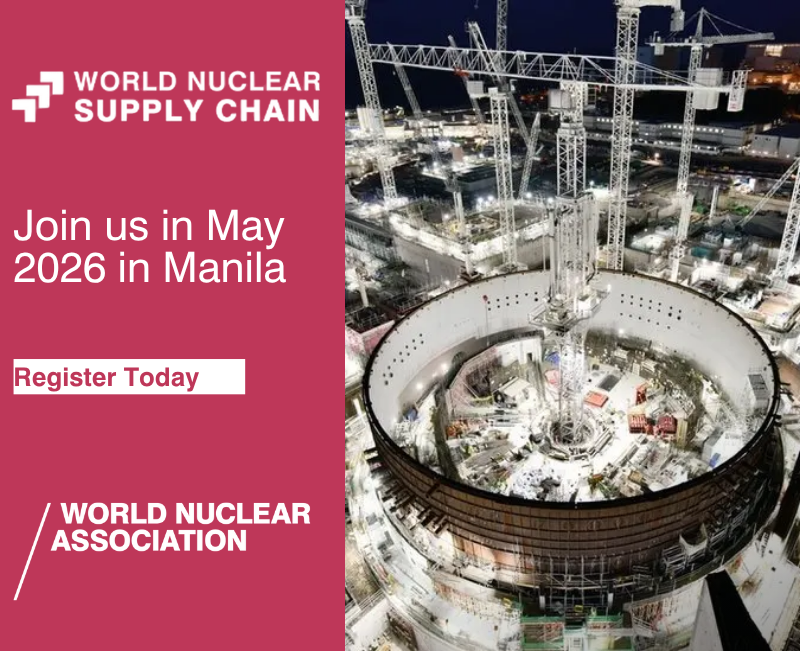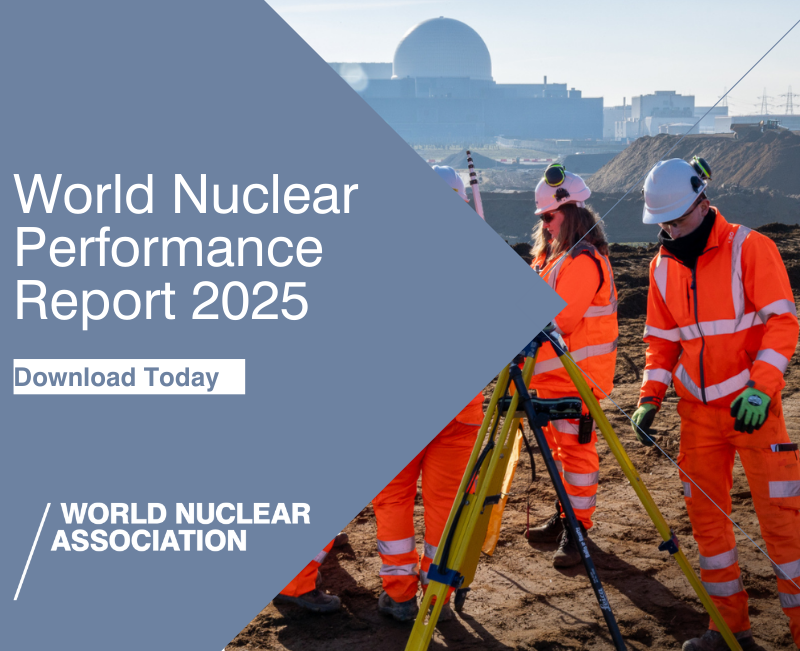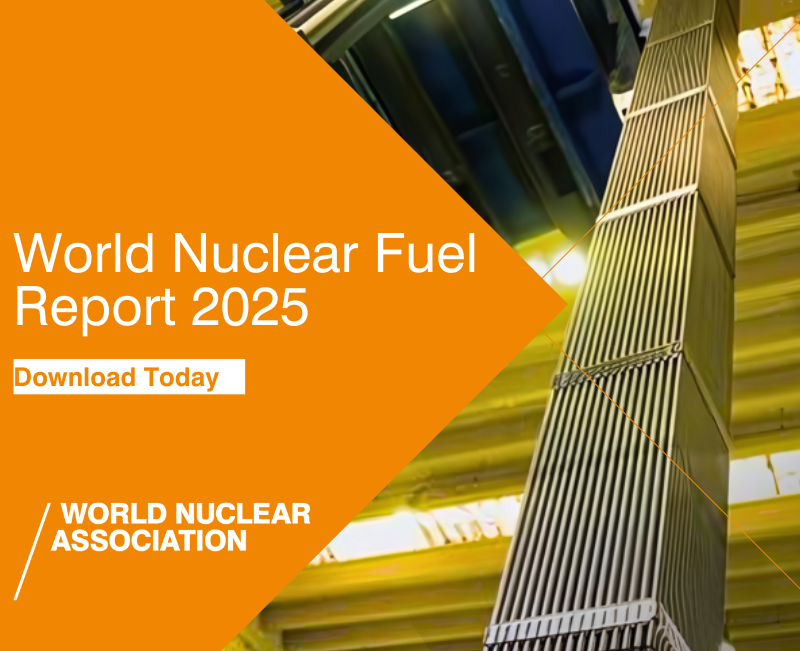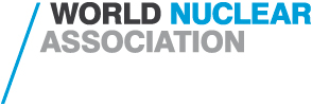FIRST PUBLISHED: 28 February
UPDATE 1, 1 March: Information from WHO on the numbers of people in the exposed groups
Radioactivity released by the Fukushima accident posed a low risk to Japan's population, said the World Health Organisation. It expects no observable health effect in the wider population, but raised estimations of cancer risk for two towns.
An international team assembled by WHO looked at a number of populations in Fukushima prefecture and estimated their exposure to radiation as a result of the accident in March 2011.
These exposures were then carefully extrapolated assuming a linear relationship between exposure and health damage. The results were released today in a report entitled, Health risk assessment from the nuclear accident after the 2011 Great East Japan Earthquake and Tsunami.
WHO confirmed to World Nuclear News that it could not put a figure on the numbers of people, if any, that were in the most exposed groups. To calculate this would require the residence of every person in Namie and Iitate - particularly infants for whom risk estimates were raised - and this was not available by September 2011 when the WHO team collected its data.
For the general population in wider Fukushima prefecture, across Japan and beyond "the predicted risks are low and no observable increases in cancer rates above baseline rates are anticipated," said WHO. A program of monitoring and screening was recommended.
"The primary concern," said Maria Neira of WHO, "is related to specific cancer risks linked to specific locations and demographic factors." Of note is the population of Namie, outside the evacuation zone to the northwest of the plant where radioactive materials were carried by the wind. Those among its population of around 22,000 that remained at home for four months after the accident were considered as the most exposed group and WHO estimated certain marginal increases in cancer risk that could result. The second most exposed group were those spending four months in Iitate, with risks to its population of about 7000 raised by about half the amount of Namie. The WHO team did not have data to tell how many of Namie and Iitate's residents did in fact remain, nor how many might be infants and therefore subject to its risk estimates.
Estimated cancer risk increases |
WHO was careful to address an infectious fear that the accident could badly affect fertility or the health of unborn children. It said the effects of the accident "are not expected to cause an increase in the incidence of miscarriages, stillbirths and other physical and mental conditions that can affect babies born after the accident."
Estimations, attributions
WHO's use of the linear no-threshold method of gauging health effects will have resulted in a cautious overestimate of health impact. The method is controversial, given that the effects of radiation at low doses are small enough to be overwhelmed by other environmental and lifestyle factors. The WHO noted dissenting views about the highly conservative assumption, but thought it "prudent" to adopt the method, "attempting not to underestimate the risks."
Late last year the UN adopted advice from the UN Scientific Committee on the Effects of Atomic Radiation (UNSCEAR) saying that it "does not recommend multiplying low doses by large numbers of individuals to estimate numbers of radiation-induced health effects within a population exposed to incremental doses at levels equivalent to or below natural background levels."
Furthermore, UNSCEAR considered that for exposures below 100 mSv a health issue across a population could be put down to radiation exposure only on two conditions: that spontaneous occurrence of that issue was low while the radiosensitivity of that issue were very high; and that the number of cases was high enough to overcome "the inherent statistical uncertainties". Thyroid cancer in infants is one such issue, as observed after Chernobyl - and not expected at Fukushima due to government action to prevent dangerous levels of exposure.
Clear cases of health damage from radiation generally only occur following exposures of 1000 mSv - far more than the 10-50 mSv WHO said was received by people in Namie and Iitate. Across Fukushima generally the doses were in the range 1-10 mSv, said WHO.
WHO recommended that the Japanese government continue its programs of monitoring and screening of people affected by the accident. It noted that the psychological impact of the accident and evacuation "may have a consequence on health and wellbeing." Other effects already numerated by the Japanese government are the early deaths of elderly people forcibly evacuated from hospitals and care homes during the accident.
Researched and written
by World Nuclear News




_47120.jpg)
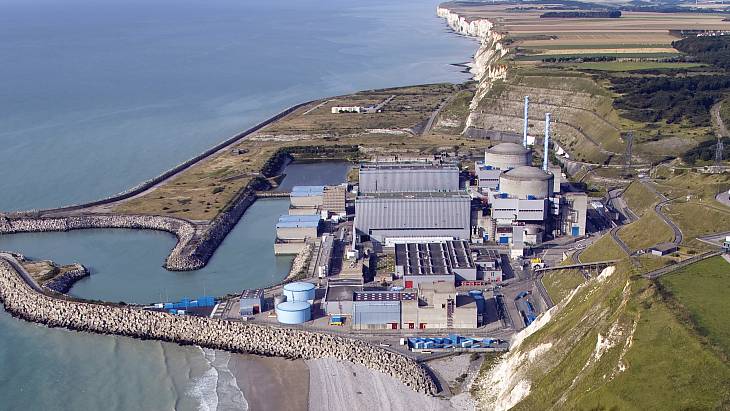
_23621.jpg)


